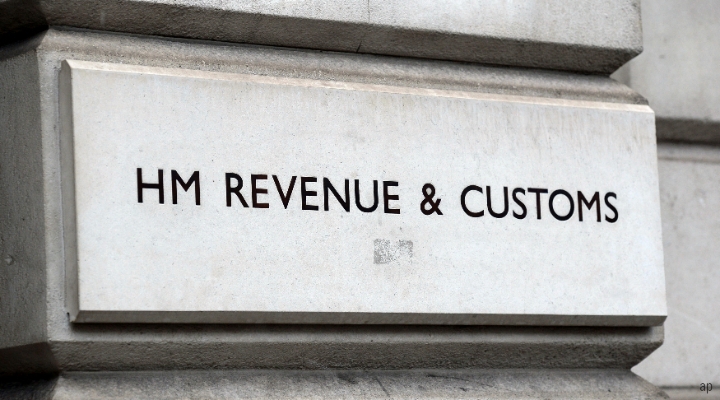This article is part of Morningstar’s Guide to Your Financial Education, providing our readers with the tools they need to become a successful private investor.
The first £10,600 you earn is tax free. This tax-free income is called the Personal Allowance – the amount most of us are allowed to earn before we start paying income tax. At the beginning of each new tax year this allowance rises – from next April the threshold will be £10,800. In 2014 the Personal Allowance jumped to a landmark £10,000, resulting in a typical basic rate taxpayer paying £705 less income tax a year.
The older you are the more you are allowed to earn tax free; people born before April 1938 get a Personal Allowance of £10,660. This is changing in April 2016 however, when there will be one income tax personal allowance regardless of an individual’s date of birth.
The next £31,785 you earn after the Personal Allowance is taxed at a basic rate of 20%, those on a salary of between £41,786 and £150,000 will pay a further 40% on the remainder and any earnings over the £150,000 threshold will be taxed at 45%.
In March 2009’s Budget labour introduced a further tax measure which means workers earning more than £100,000 lose their Personal Allowance in increments. The Personal Allowance reduces where the income is above £100,000 - by £1 for every £2 of income above the £100,000 limit. This reduction applies irrespective of age or date of birth. This is known as the 50p tax rate – and can legally be avoided through estate planning.
Salary Sacrifice
Salary sacrifice is a way of legally reducing your pre-tax income. It is a contractual agreement between employer and employee, where the employee gives up a part of their salary in exchange for a non-cash benefit.
These can include cycle to work schemes which allow employees to purchase bikes off their employer and pay it off in instalments from pre-tax earnings, child care vouchers, medical insurance, gym membership and car leasing.
Not all employers have salary sacrifice schemes in place. Talk to your payroll department about opportunities in your firm.
Pension Payments
Choosing to up your payments into a workplace pension means you can beat tax increases and provide for your retirement. Pension funds are taken out of pre-tax income and so can stop you tripping over income tax thresholds. Pension contributions via salary sacrifice are even more efficient as you do not have to pay National Insurance contributions or income tax.
Get Back Your Child Benefit
£100,000 is not the only income threshold to incur an additional tax. Child Benefit used to be a universal payment to all households with children. However now, if one parent in a household earns more than £50,000 Child Benefit is reduced – and if they earn more than £60,000 is eradicated altogether. Use salary sacrifice or pension payments to reduce your income to less than £50,000 and you will get to keep your Child Benefit – worth £20.30 a week for your eldest child and £13.40 a week for each of your other children.
Give to Charity
If you give to charity this reduces your taxable income – if you remember to Gift Aid. Make sure you keep a note of all charitable donations and fill in the appropriate section when it comes to filling out your tax return.
Remember…
James Robson of financial adviser Plutus Wealth says that anyone reducing their income should be aware of the potential downside.
“Reducing your taxable income can stop you becoming a higher rate tax payer, crossing the £100,000 threshold and losing the Personal Allowance and losing Child Benefit,” he said.
“But remember, this can have a knock on effect of life cover and potential mortgage options.”



























